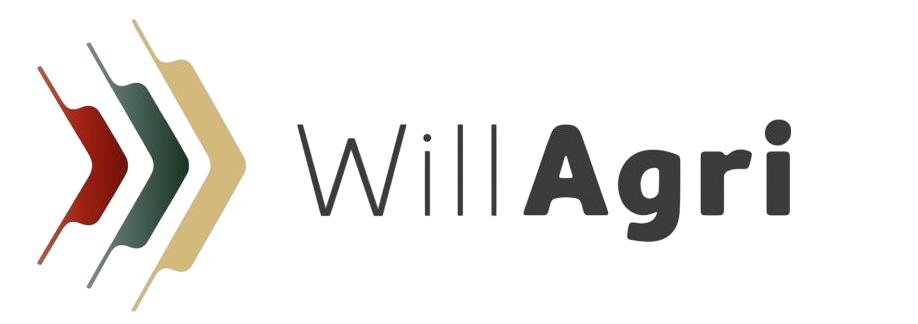Lumpy skin disease (LSD) is a viral disease that causes significant production losses in affected livestock. The LSD was traditionally limited to southern and eastern Africa. In recent years, the disease has crossed its historical borders and affected Europe, the Middle East and Asia. The disease causes skin lesions (nodules) in cattle, reduced milk production and, in severe cases, death of the animal. The disease is not transmissible to humans.
In Europe, after being eradicated in the Balkans thanks to vaccination campaigns in 2016-2017, the disease has recently reappeared. Outbreaks have been detected in Italy, particularly in Sardinia and Lombardy. France confirms the appearance for the first time, on June 29, 2025, of outbreaks in Savoie and Haute-Savoie. 76 outbreaks, concerning 41 breeding sites, have been recognized in these two departments.
The French Ministry of Agriculture has just published several information points and a complete file on this disease which is worrying the entire sector. Vaccination projects carried out by veterinarians began on 18 July. The vaccination strategy concerns the 250,000 cattle in the region.
In North Africa, outbreaks have been reported in Algeria, Libya and Tunisia. Navigation campaigns are underway in these countries.
Asia is not spared. Farmers have suffered heavy losses.
The spread of the disease is mainly linked to the movements of infected cattle and the presence of biting insects (flies, mosquitoes, ticks) that act as vectors. The epidemiological situation is constantly evolving, which requires strict surveillance and draconian health measures.
Box 1: What is lumpy dermatosis?
Lumpy skin disease (CND) is a strictly animal viral disease (not transmissible to humans) that only affects cattle, buffaloes and zebus. Other animal species are not concerned. LSD is not transmissible to humans, neither through contact with infected cattle, nor through the consumption of products from contaminated cattle, nor through the bites of insect vectors.
LSD is highly detrimental to the health of cattle and leads to significant production losses, up to and including the death of some of the animals in the infected herd. It is classified under European law as a category A disease, i.e. a disease usually absent from the European Union and against which measures must be taken for the objective of immediate eradication.
The incubation period of LSD is variable, and has been set at 28 days by the World Organisation for Animal Health’s Terrestrial Code. At the end of this incubation period, several general signs may appear:
- Fever up to 41°C;
- Despondency;
- Anorexia;
- Drop in lactation;
- Enlarged lymph nodes;
- Nodules on the skin, mucous membranes and membranes
The evolution of these symptoms can be very long and the sequelae numerous (abortions, infertility, drying-off, weight loss). Mortality can reach 10% of the herd. For more information, see the World Organisation for Animal Health Fact Sheet.
Box 2: Spread and transmission
LSD is a disease that is transmitted from animal to animal primarily through the bite of blood-sucking insects (biting flies or horseflies that feed on the blood of cattle). These insects carry the virus on their mouthparts. The virus does not multiply when it is present on these insects. Biting insects can travel several kilometres and spread the virus by biting cattle.
The LSD can also be moved long distances when transporting infected animals.
Insect vectors are more numerous during warm periods of the year, which increases the risk of transmission between cattle and can increase the risk of spreading the disease.
Long-distance transmission is linked to road transport of infected cattle, which are then bitten by insects in the area of arrival, and then transmit the virus to cattle in that area. Apparently healthy cattle can carry the virus, either because they are still in the incubation phase or because their clinical signs are very discreet.
Box 3: Actions taken when LSD is detected
The fight against lumpy skin disease starts with the appropriate management of suspected outbreaks on cattle farms: immediate suspension of movements and taking samples.
In the event of confirmation of infection, the management measures for detected outbreaks are:
- depopulation of all cattle in the household. Due to the characteristics of this disease, its contagiousness and its long incubation period (28 days according to the World Organisation for Animal Health), the eradication of LSD is only possible by applying a total depopulation of cattle from households, in addition to movement limitation and biosecurity measures (disinfestation of buildings and vehicles). Given its significant impact on animal health, LSD is classified under European law as a category A disease, and EU Regulation 2020/687 (Article 12) requires total depopulation.
- cleaning, disinfection and disinsectisation of the breeding site and equipment (including vehicles).
Box 4: Vaccination
The LSD vaccine is a live attenuated vaccine that is recognized for its quality, safety and efficacy. It has been used successfully in several countries, in southern Europe or in the Balkans, where it has contributed to the eradication of the disease. The vaccine used in France is identical to the one currently used in Switzerland and Sardaigne.Il does not pose any danger to humans or the environment, and has no impact on the quality of meat or milk. A vaccinated animal is protected from 21 days after the injection of a dose of vaccine.
It is possible that a cattle is incubating at the time of vaccination. In this case, the cattle will be sick with DNC, because the vaccine protection is not immediate. It is also possible that a recently vaccinated cattle may be infected with a biting insect shortly after vaccination: the cattle will be sick because vaccine protection is not immediate. In both cases, it is therefore possible to observe cattle with LSD in recently vaccinated herds. This does not mean that the vaccine is ineffective, nor that the vaccine is responsible for the disease. The confirmation of the disease is then managed as an outbreak, i.e. with total depopulation of the cattle in the household.
Source: French Ministry of Agriculture and Food Sovereignty



